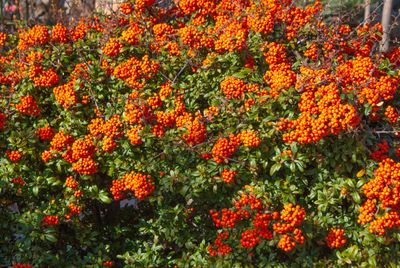Types of Hedging
Hedges can be as tall or as short as serves your purpose. Some hedge shrubs grow taller than 100 feet tall (30 m.) while others don’t get taller than you are. If you want a line of short hedge plants to mark the edge of a patio, you’ll want to use different hedge varieties than when you are trying to block 50-mile-an-hour winds. Plants used for hedges might be deciduous or evergreen. The former can provide a seasonal screen but leave the view clear in winter. Evergreen hedge varieties provide year-round coverage. Again, what hedge plants to choose? That depends on the reason for the hedging.
Hedge Plant Ideas
Before you pick hedge plants, consider why you want to plant this hedge. Once you figure out the whys, whens, and wherefores, you can turn to hedge plant ideas. Most people expect windbreak hedges, screens and privacy hedges to offer protection or privacy all year long. That means plants used for hedging should be evergreen and dense. One favorite conifer for hedges is Leyland cypress. It grows about 3 feet (1 m.) a year and can top 100 feet (30 m.) tall. These are great for windbreaks. Western red cedars are similar evergreen conifers and can get even taller. If you prefer a leafy evergreen hedge, try cherry laurel or Portuguese laurel; both are lovely hedge varieties that shoot up to 18 feet (6 m.).
Ornamental Plants Used for Hedges
For more decorative types of hedging, consider using flowering shrubs. Pyracantha is a rapid-growing thorn bush that makes a great defensive hedge. It has white flowers in summer and bright orange or red berries in autumn and winter. In fact, most flowering bushes can make hedge plants. You can also use flowering herbs like lavender or cistus for a shorter ornamental hedge. Ceanothus, with its indigo flowers, is a lovely native for a hedge, while escallonia has scarlet flowers that last all summer long.
